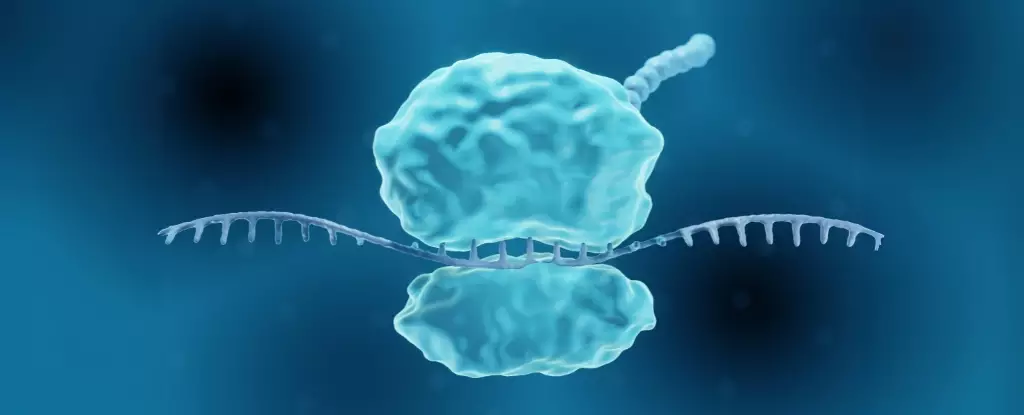In the complex arena of human genetics, some mutations unlock extraordinary potential for disease resistance. One such rare anomaly pertains to a deficiency in the gene ISG15, which surprisingly confers near invulnerability to a broad spectrum of viruses. This finding shatters traditional notions that immune defenses are solely adaptive—here, a genetic variation creates a persistent, yet mild, inflammatory state that keeps viral threats at bay without causing severe illness. The individuals harboring this mutation often experience common infections like the flu or chickenpox, yet they report remarkably mild or asymptomatic cases, hinting at an innate, robust defense mechanism. Such insights challenge the long-held view that immune activity should be minimized when not in use; instead, they suggest that a constant, calibrated activation may be advantageous.
This phenomenon raises profound questions about the innate immune system’s potential. Could we harness this natural advantage to bolster defenses across populations? The notion of tweaking immune responses to produce a persistent, mild alert state opens an exciting avenue where minimal inflammation provides maximal protection. It prompts a re-evaluation of how we view immune regulation—perhaps, the key to future vaccines isn’t just about training the immune system to recognize specific pathogens but about establishing a perpetual, yet controlled, alert mode.
From Genetic Insight to Therapeutic Innovation
Advancements in biotechnology have now made it possible to mimic this rare genetic mutation temporarily in laboratory animals. Using cutting-edge mRNA-based techniques—the same foundation as modern COVID-19 vaccines—researchers have devised a way to induce a transient, controlled deficiency of ISG15 activity in mice and hamsters. This innovative approach involves delivering instructions to cells to produce ten crucial antiviral proteins that form the core of this immune strategy. The results are promising: vaccinated animals exhibit a formidable ability to fend off viruses like SARS-CoV-2, with the protective effect lasting only a few days but enough to prevent infection during critical windows.
This approach signifies a paradigm shift in how we think about infectious disease prevention. Instead of solely relying on vaccines targeting specific viruses, we could develop broad-spectrum, short-term immunity boosters that activate the body’s natural defenses in a more generalized manner. Such a tool could be invaluable during sudden outbreaks when specific vaccines are not yet available—an emergency shield for frontline workers or vulnerable populations. Importantly, this method avoids some of the downsides of continuous immune activation, such as excessive inflammation, by carefully controlling the duration and intensity of the response.
The Challenge and Promise of Future Pandemic Preparedness
Despite its potential, this innovative strategy still faces significant hurdles before it can become part of mainstream medicine. Central to these challenges is the delivery mechanism: effectively and safely transporting nucleic acids (RNA or DNA) into human cells at the required locations remains a formidable obstacle. Current methods face issues of efficiency, targeting precision, and safety, which must be addressed before general application. Moreover, socio-political resistance—tied to skepticism or opposition to mRNA technologies—could slow down development and acceptance.
Nevertheless, the promise of this technology is too significant to ignore. In a world still grappling with COVID-19, and with the threat of future pandemics like Spanish Flu reemerging under climate change, a rapid, adaptable defense could be revolutionary. The ability to mount a non-specific, temporary viral shield, especially before specific vaccines are formulated, might drastically reduce morbidity and mortality. Ultimately, this line of research emphasizes that biological resilience is not solely a matter of genetic luck but can be potentially engineered and optimized for human benefit. If successfully developed, it could stand among the most powerful tools in our arsenal against infectious diseases—transforming how societies prepare for and combat global health crises.


Leave a Reply